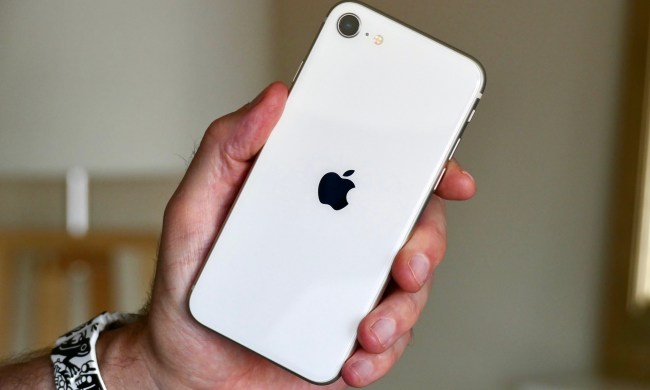Over the years, various rumors have indicated that Apple plans to integrate Face ID technology into the display of a future iPhone. Now, the company has been granted a U.S. patent covering the technology capable of achieving this integration. This development suggests that the feature could be introduced on at least one model in the upcoming iPhone 17 series, which is set to launch next year.
The patent, reported by Patently Apple, details the intricate placement of cameras and other sensors behind an active display part. This innovation might finally eliminate the need for the notorious iPhone notch/pill cutout that has characterized recent models.
As mentioned in the patent: “Such a placement … saves display area, as otherwise the source would have to be placed in a notch area … (utilized for other devices, for example cameras and other radiation sensors), thus enlarging the notch and consequently reducing the useful area of display.”

The iPhone X, released in 2017, was Apple’s first phone to feature this notch, a pill-shaped cutout positioned at the top of the display that’s designed to house the TrueDepth camera system for Face ID and front-facing cameras. The notch, despite what it offers, has often been a disruptive element in terms of maintaining a sleek, uninterrupted display aesthetic.
In recent years, Apple has incrementally improved the camera cutout notch, making it slightly smaller and more advanced. Most recently, the introduction of Dynamic Island for the iPhone 14 Pro created a more interactive and functional notch, yet the cutout has never been completely removed. The ongoing debate over the design has prompted speculation and hope among Apple enthusiasts that the company might take further steps to minimize or redesign the notch entirely.

For at least the past two iPhone cycles, there have been rumors that Apple was considering reducing the notch size, but not eliminating the notch. However, the recent patent suggests that Apple plans to remove it instead of making the notch smaller.
Perhaps it’s accurate that three of next year’s iPhone models — the iPhone 17, iPhone 17 Pro, and iPhone 17 Pro Max — will feature smaller notches for a slightly refined aesthetic. However, the much-rumored “iPhone Air,” potentially positioned as a fresh premium option, could become the first Apple handset to replace the traditional notch with Face ID components under the glass. This would mark a significant milestone in Apple’s design evolution, allowing for a more seamless display.
In this scenario, the iPhone Air might introduce a minimal camera hole on the face rather than a notch, reminiscent of designs seen in other smartphone brands. This innovative approach aligns with current trends toward maximizing screen real estate and enhances the overall user experience by providing a more immersive display without physical interruptions.
We will know soon enough. Apple’s iPhone 17 series is anticipated to be announced in Septembe 2025r. Until then, the rumor mill will grow louder with more news and speculation.




